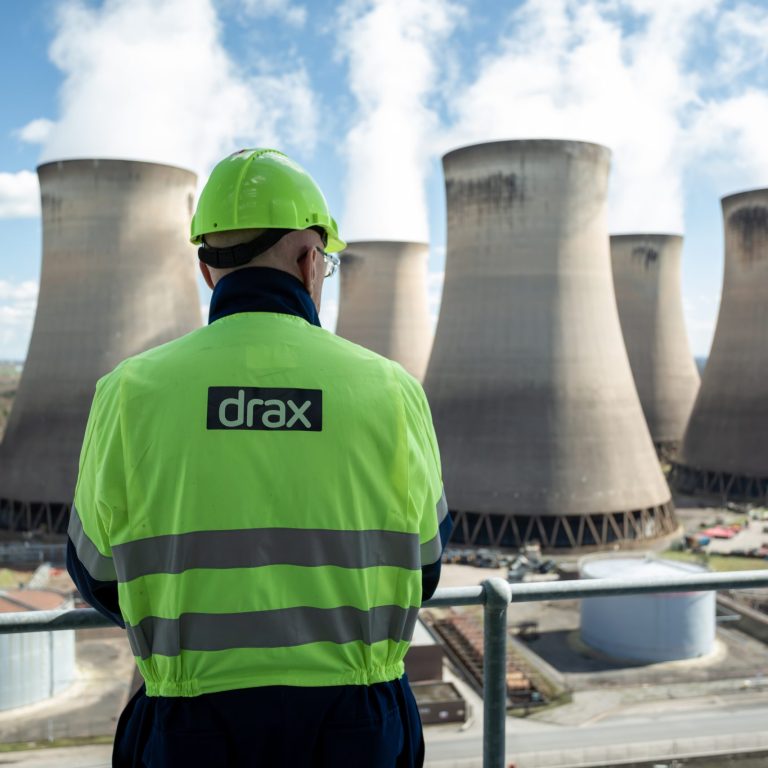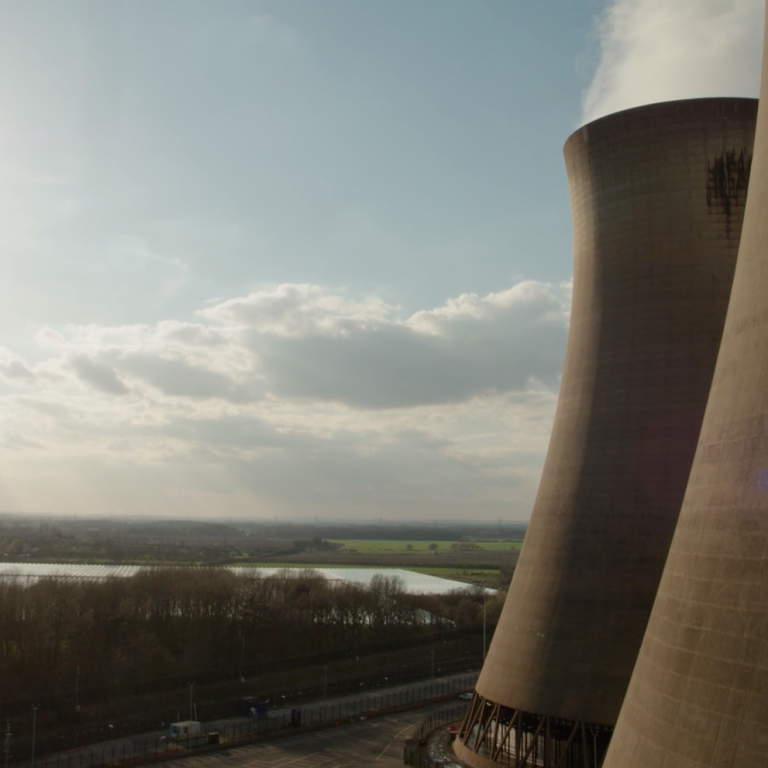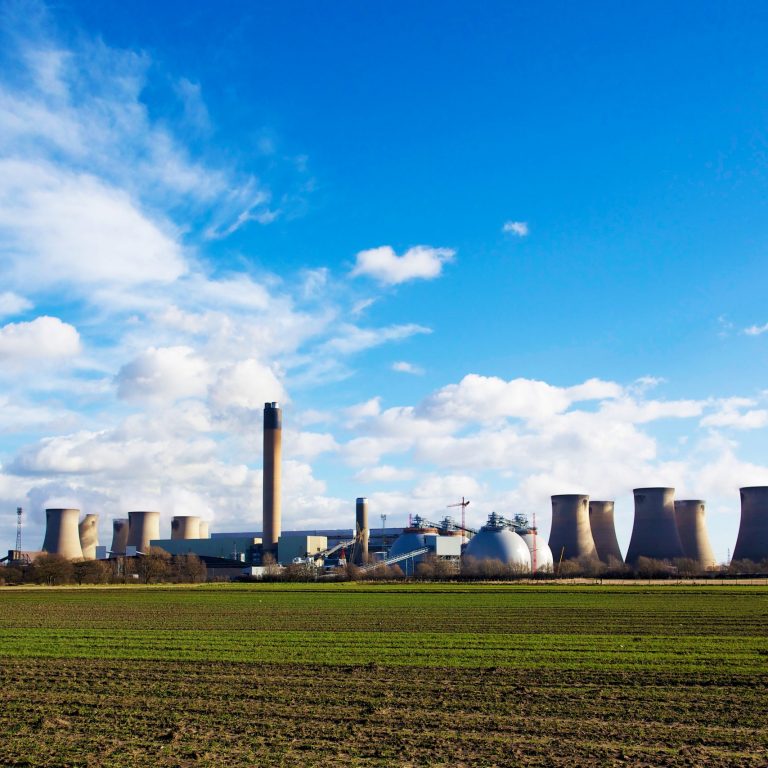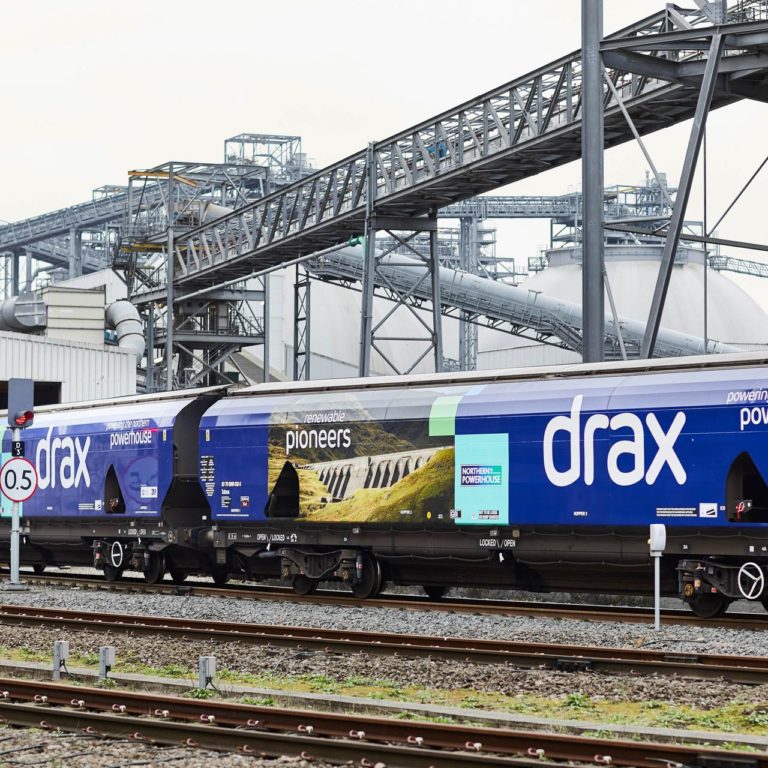Sustainable forest management is frequently defined in terms of providing a balance of social, environmental, and economic benefits, not just for today but for the future too. It might be seen as the practice of maintaining forests to ensure they remain healthy, absorb more carbon than they release, and can continue to be enjoyed and used by future generations.
To achieve this, foresters apply science, knowledge, and standards that help ensure forests continue to play an important role in the wellbeing of people and the planet.
Managed forests, also called working forests, fulfil a variety of environmental, social, and economic functions. These range from forests managed to attract certain desired wildlife species, to forests grown to provide saw timber and reoccurring revenue for landowners.
How are forests sustainably managed?
How forests are managed depends on landowner goals – managing for recreation and wildlife, focusing on maximising production of wood products, or both. Each forest requires management tailored to its owner’s or manager’s objectives.
There are many ways to manage forests to keep them healthy – there is no ‘one size fits all’ – but keeping track of how they are doing can be tricky. One alternative for monitoring forests is to use satellite imagery.

One common sustainable forestry practice is thinning, which involves periodically removing smaller, unhealthy, or diseased trees to enable stronger ones to thrive. Thinning reduces competition between trees for resources like sunlight and water, and it can also help promote biodiversity by creating more space for other forest flora.
The wood removed from forests through thinning is sometimes not high-quality enough to be used in industries such as construction or furniture. However, the biomass industry can use it to make compressed wood pellets; a feedstock for renewable source electricity.
By providing a market for low-quality wood, pellet production encourages landowners to carry out thinnings. This practice improves the health of the forest, and helps support better growth, greater carbon storage, and creates more valuable woodland.
Fast facts
- Forests cover about 30% of the world’s land surface, absorbing around 16 billion tonnes of CO2 a year.
- 42% of EU forests are covered by 3rd party forest certification schemes.
- Through sustainable forest management, annual forest growth in the US South increased from 193 million m3 in 1953 to 408 million in 2015.
What are the environmental benefits of sustainably managed forests?
Through their ability to act as carbon sinks, forests are an important part of meeting global climate goals like the Paris Agreement and the UK’s own target of reaching net zero emissions by 2050.
When managed effectively through thinning or active harvesting, and replanting and regeneration, forests can often sequester – or absorb and store – more carbon than forests that are left untouched, increasing productivity and improving planting material.
Harvesting trees before they reach an age when growth slows or plateaus can help prevent fire damage, pests, and disease, so timing of final cutting is important. Though the vast majority of timber from such cutting will go to other markets (construction, furniture etc) and secure higher prices from those markets, being able to sell lower quality wood for biomass provides the landowner with some extra revenue.
Sustainably managed forests also help achieve other environmental goals, such as sustaining biodiversity, protecting sensitive sites and providing clean air and water. Managed forests also have substantial water absorption capacity preventing flooding by slowing the flow of sudden downpours and helping to prevent nearby rivers and streams from overfilling.
Wood from working forests also help tackle climate change in that high-value wood from harvested trees can be used to make timber for the construction or furniture sectors. These wood products lock up carbon for extended periods of time, and the wood can be used at end-of life to displace fossil fuels. Using wood also means materials such as concrete, bricks or steel are not used, and these materials have a large carbon footprint compared to wood.
What are the socioeconomic benefits of sustainably managed forests?
There are also social and economic benefits to managing forests. Sustainably managed working forests make vital contributions both to people and to the planet.
The commercial use of wood in industries like furniture and construction drives revenue for landowners. This encourages landowners to continue to replant forests and manage them in a sustainable way that continues to deliver returns.
Healthy forests can also improve living standards for local communities for jobs and helping to address unemployment in rural regions. Managed forests can also improve access for recreation. On a larger scale, sustainable forestry can offer a valuable export for regions and nations and foster trade between countries.
Go deeper
- How a German miner laid the foundation for sustainable working forests more than 300-years ago.
- Sustainably managed forests can act as substantial and effective tools for carbon sequestration.
- More countries around the world are looking to sustainable forest management.
- How foresters can manage forests for life-long solid wood products and optimise the carbon benefits.




















